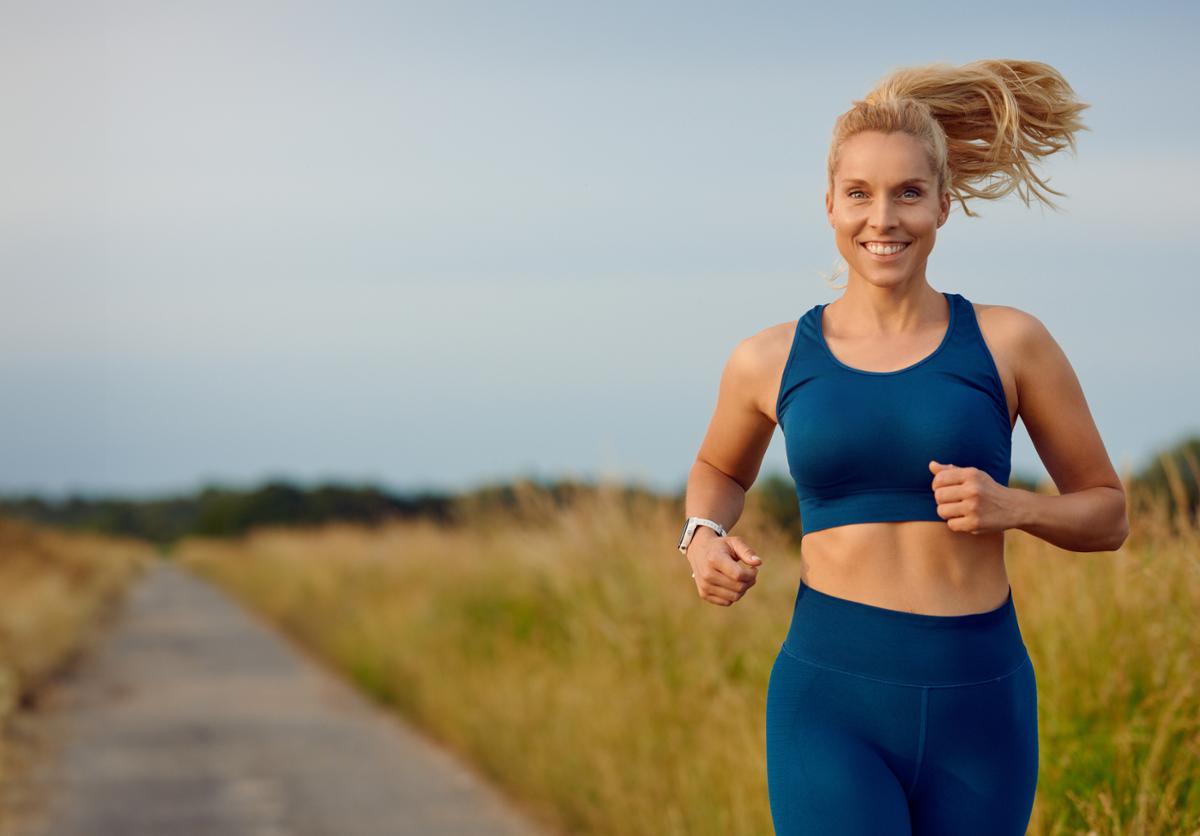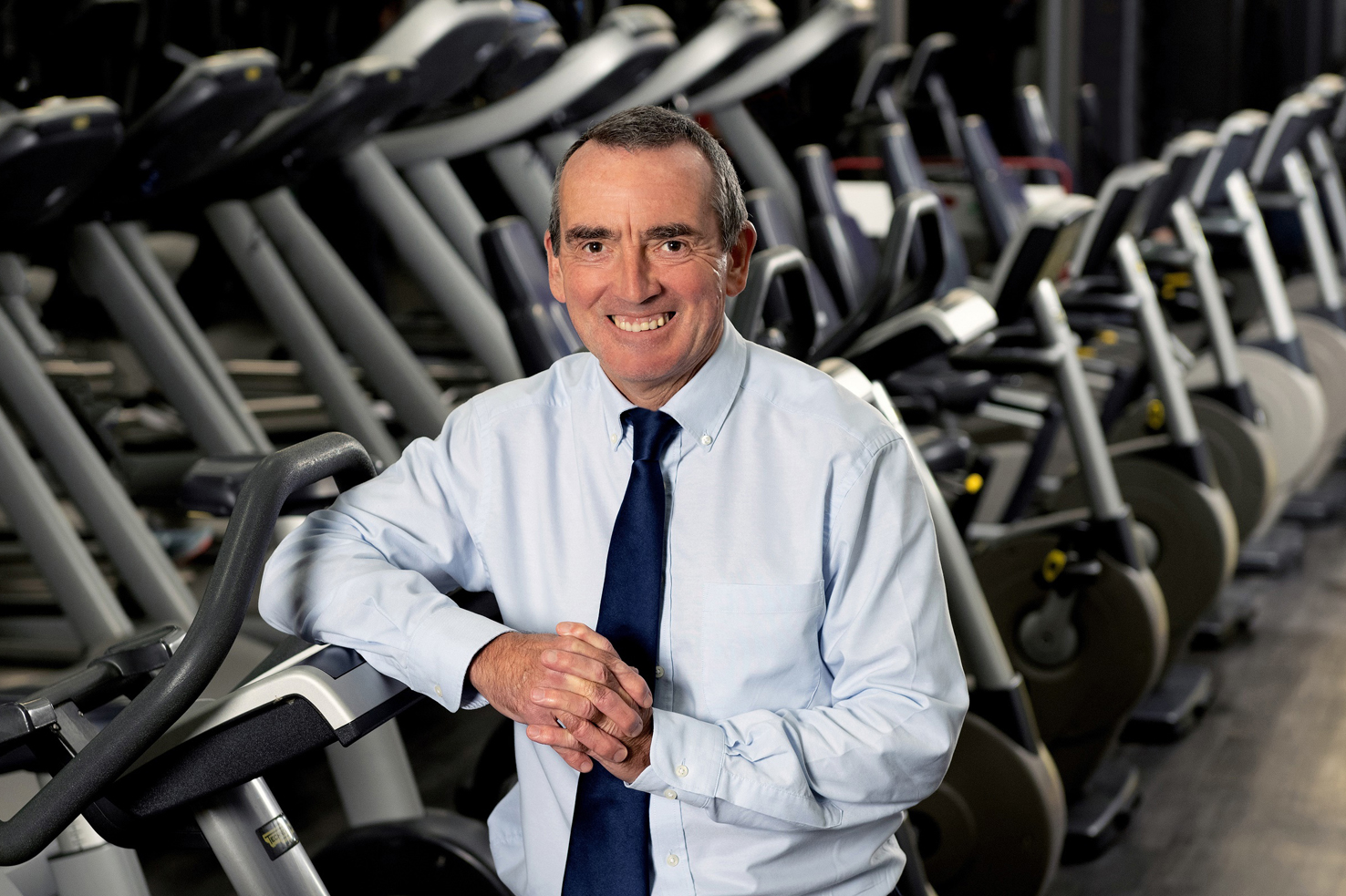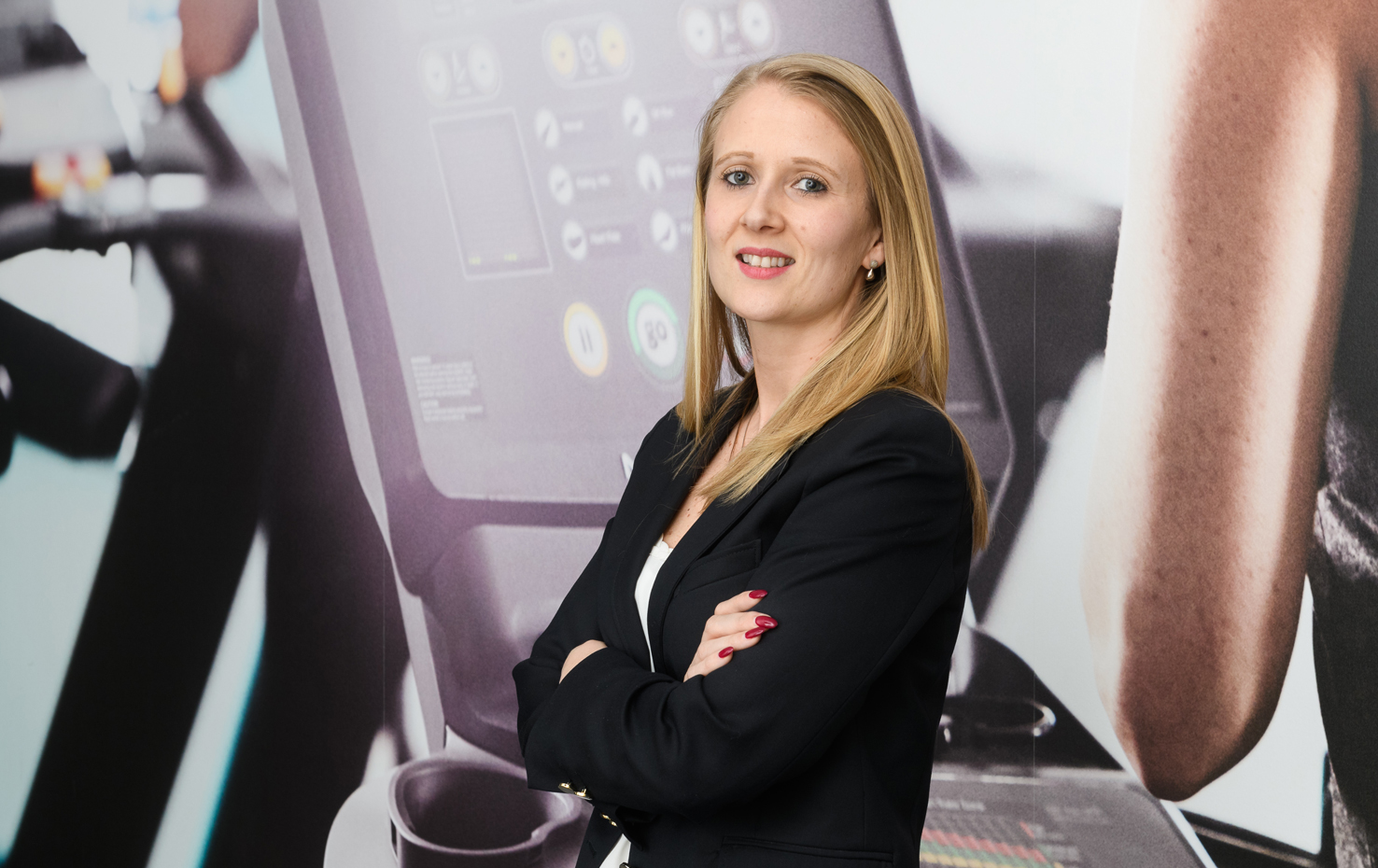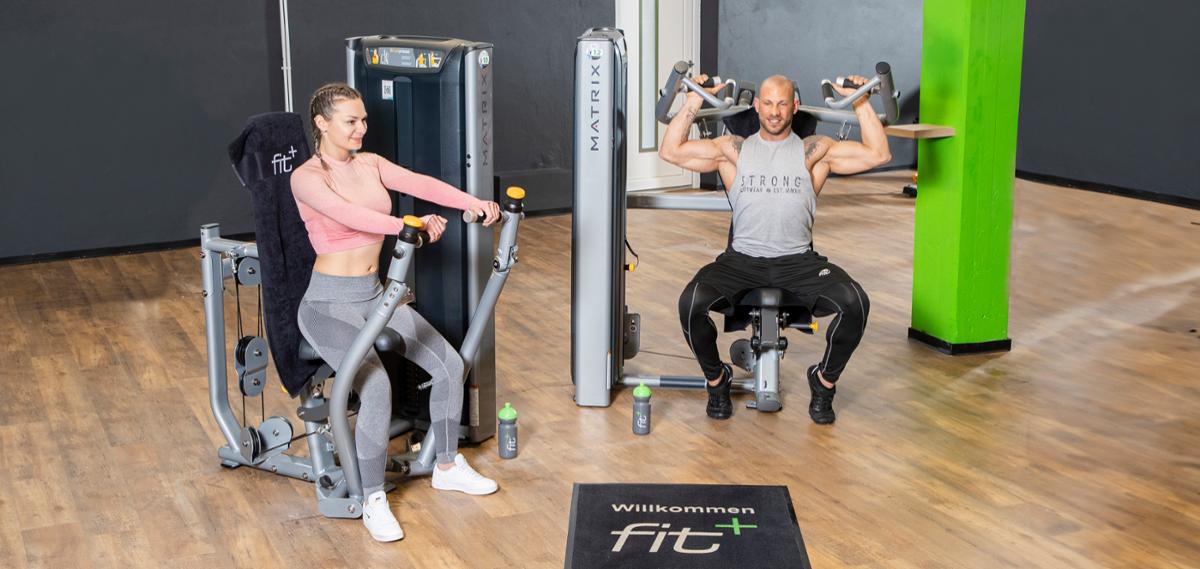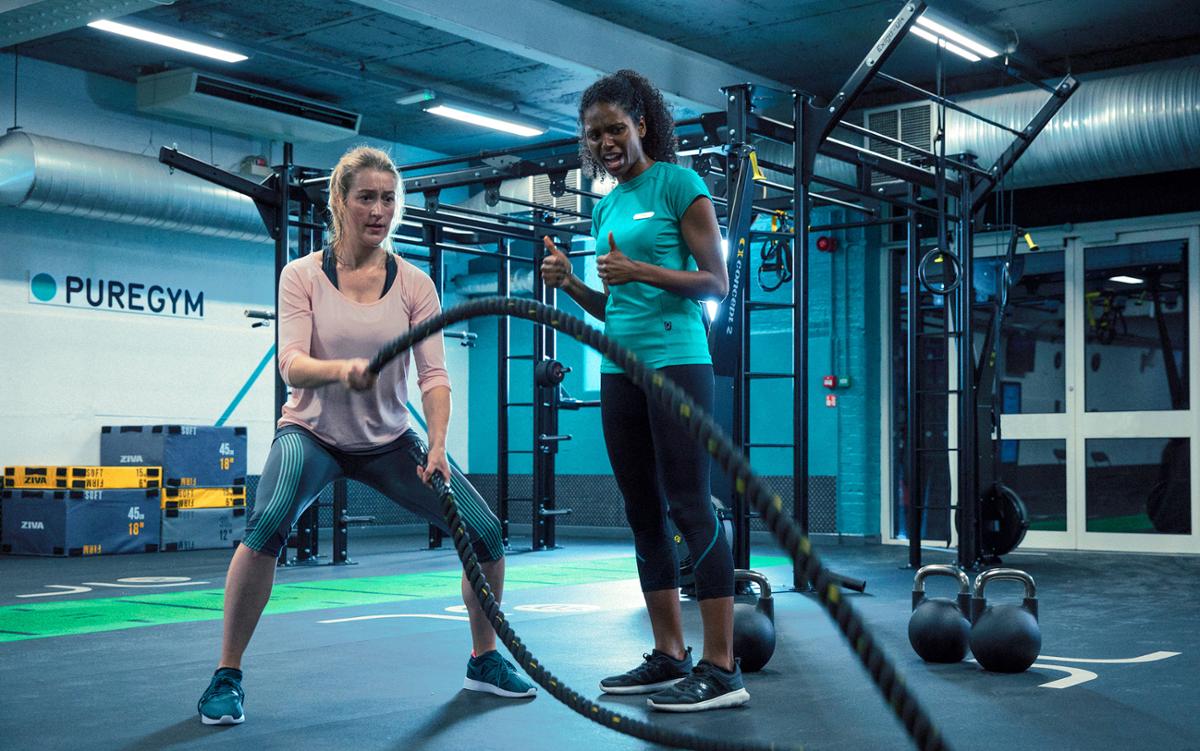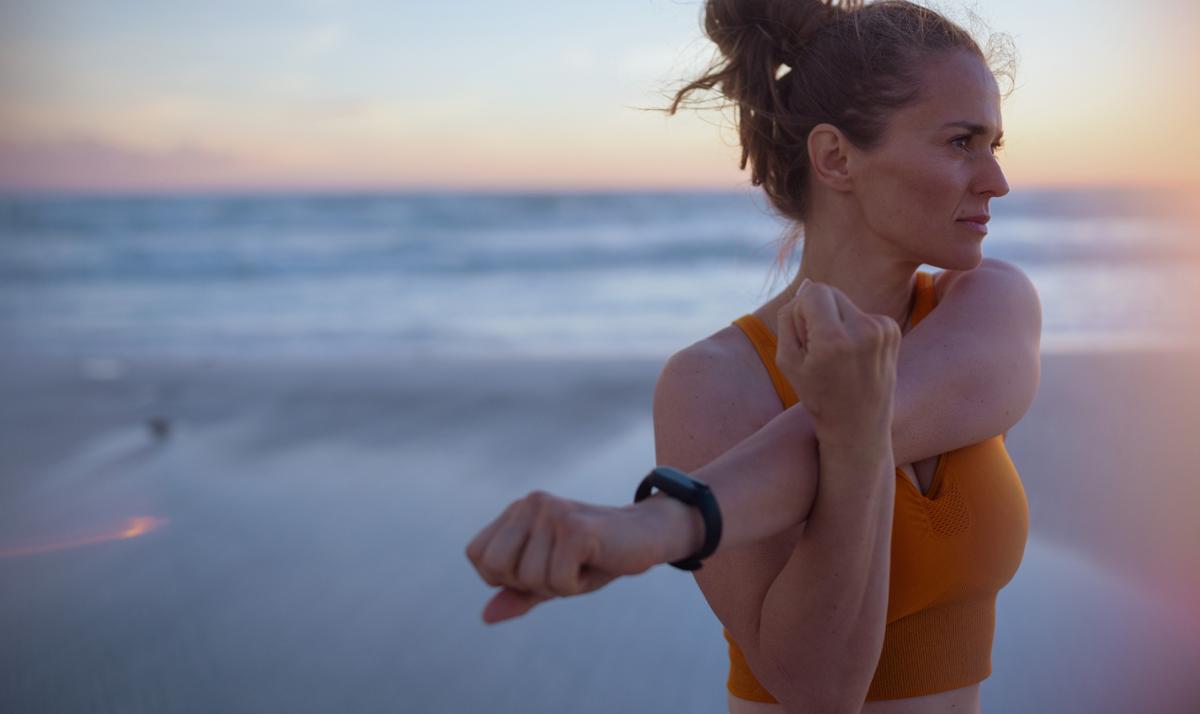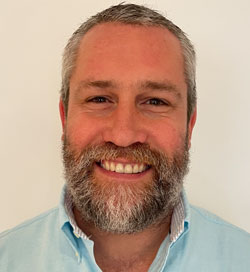One of the prices us countryside dwellers pay is that we miss out on many of the conveniences city people enjoy, including things such as GP surgeries and the proliferation of health club options.
The low cost gym model, which has so effectively broadened the market, doesn’t fit with low density populations, meaning people living rurally pay more: memberships tend to start at £40 (€50, US$46.70) a month in the UK, for a health club offering that would cost less in a city. Couple this with the fact that wages tend to be lower and it makes joining a gym less achievable in rural locations.
With obesity, lifestyle diseases and mental illness on the rise, rural populations need support with their health as much as people in metropolitan areas. Australian government research shows that adults living in rural areas are more vulnerable to weight struggles and related issues: 72 per cent of adults in inner regional, outer regional and remote areas reported as overweight or obese, compared to 65 per cent in major cities. Those in rural and remote areas often face struggles with accessibility, availability and affordability of healthy food options and greater socio-economic barriers to purchasing.
Those living in the British countryside face similar problems, and also receive less governmental support than cities. Recent analysis from the County Councils Network shows the number of adults who are overweight or obese has increased by 1.1 million in UK rural areas since 2015. These areas account for a 58 per cent increase in England, yet they receive only about half of what councils in London receive in public health grants and much less than the national average.
With an average of 43 per cent of the world’s population living in rural areas – ranging from 20 per cent in more developed countries such as the UK, to places such as Liechstenstein, where it’s 85 per cent – this is an issue that doesn’t get the attention it needs.
Case study 1: GLL
With 260 leisure centres, GLL has coverage throughout the UK, but strategic advisor and former CEO, Mark Sesnan, concedes it’s hard to make a model that was originally designed for urban areas, work in rural locations. “The traditional leisure centre was based on high population density and footfall which allows for a full service offer with intensive programming seven days a week,” he says. “While serving the widest demographics, and financially efficient, it’s a challenge to lift this model into rural areas and expect it to work just as well.
“However, with 10.5m people – nearly 20 per cent of the UK population – living in rural areas, it’s a big market and the need exists beyond the cities. Adults need to work out, kids need to learn to swim, schools need indoor space for physical activity and the dozens of sports and other clubs which underpin the social fabric of our communities need quality spaces.”
Sesnan points out that a further financial challenge is that the cost of provision is similar in urban and rural locations, but income is lower, simply due to there being less people. This means a higher subsidy is required, but subsidies are no longer available.
GLL is currently exploring different models to help address this challenge. These include influencing leisure centre design to build compact, cost-effective and easy-to-operate multi-activity spaces.
“We’re also working with community groups to develop blended management models that combine our expertise with trained and committed local volunteers,” says Sesnan. “Co-locating gyms and leisure facilities with health hubs and libraries keeps the costs down and makes travel easier. We’re also exploring further community use of school facilities, since every community has a school.”
With 110 libraries across the country, GLL has experienced this problem before when library funding was cut. Sesnan explains they navigated it by calling on the community: “Most of our Lincolnshire libraries are now run by local volunteers,” he says. “GLL trains the volunteers and we provide each library with the backbone book and media stock and rotation and all digital services. This has ensured no libraries in Lincolnshire have closed and many are now thriving community hubs,” he says.
Sesnan expects to be generally working with more community groups in the future in rural areas where the full service model is no longer financially viable.
Case study 2: FOWLC
Wadebridge Leisure Centre, in Cornwall, (www.wadebridgeslc.co.uk) is an example of a centre which was at risk of closure, until it was taken over by seven volunteers who formed a community interest company called FOWLC. This was formally awarded the contract in July 2022 to run the site on a not-for-profit basis.
Two people have taken on part-time executive director roles, overseeing the site and bidding for grants.
Director, Emma Tudge, says the facility is a valued resource in the community and members are happy to help with jobs such as cleaning, gardening, painting and carpentry. More than 1,000 people attended the open day and the first event sold out in days. The site is next door to a secondary school, which is one of its biggest customers, so they have close ties and the head of PE is on the board.
Tudge says one advantage of being independent is they can be agile: “One size doesn’t fit all and it’s important to listen to what the community wants and needs from their leisure centre. If something doesn't work, we look at why and tweak or change it. We needed to make it easy and enjoyable for individuals to find something they wanted to do, at a time and cost which worked for them, as well as provide good pool and sports hall access for local schools and clubs.”
Some of the changes implemented include things large scale operators frequently strip out to save costs, but which customers value: a direct dial phone line, a fully staffed reception desk and accepting cash. Junk food was removed from the vending machines, the number of exercise classes on offer was quadrupled and the team works closely with a number of local sports clubs to give them better access, while also investing in upgrading the facilities.
Tudge says rural facilities need an agile approach and one which is embedded in the local community: “To make a rural club work you need to listen to and engage with the community and have a genuine passion for engaging and including people. Spending money on improvements where you know there will be demand can be scary but is so necessary.”
So far the approach is working. Wadebridge Leisure Centre has a net promoter score of 88; has doubled the number of adult memberships and children in swimming lessons; the sports hall has seen new teams and clubs being formed and it has achieved a score of Very Good in its first Quest assessment.
Case study 3: Pure Gym
But will only local, not-for-profit, mixed use models work in rural areas? Are low-cost health club operators ruled out? According to Rebecca Passmore, managing director of PureGym, it’s always been challenging to make the affordable model work in rural areas, because it relies on high member densities and in some areas the population just isn’t large enough to sustain a commercial gym, however, the company is working on alternative models.
“PureGym has been able to deliver an attractive return on capital at a 6,500sq ft (604sq m) site, compared to its average of 15,000sq ft (1,394sq m),” she says. “And we’ve found a viable model with an addressable population of 30,000 to 40,000.
“Proximity is key: our penetration is strong within the first three to five kilometres and then it starts to reduce, no matter how well-priced or high quality the facility is. This is also the case even if there isn’t another gym option nearby.”
A further challenge is that a gym which is one third of the size will not have proportional cost savings, since there are aspects of gyms which cost the same to install regardless of club size, such as control panels.
“We want to be able to serve rural communities, but it is a challenge which will definitely require us to innovate our model, looking at the various compromises and trade-offs,” says Passmore. “While we can’t yet make a gym work on 1,000 members, we’re working to become viable at 1,500 members and if we could make this work, it would give the property team more markets to target and take in some of these currently underserved areas.”
Case study 4: Fit+
One multinational health club chain going into low population areas is German operator, Fit+ which offers a staffless franchise. Founder, Torsten Boorberg, believes his model can work anywhere: “We opened a 390sq ft (36sq m) club in the German town of Bad Doberman four years ago, which has a population of 12,000 people and it’s been a success, thanks to its hardworking licensee, Karsten Luther, who has attracted more than 1,000 customers,” he says.
Boorberg believes his concept is successful because digitalisation and being staffless reduces costs and the master licensees know their market. Members do, however, need to be comfortable with digital coaching, or have the means to book a personal trainer.
Part of the community
Mike Hill, director of Active Insight, reiterates that rural gyms are only going to become more important over the next decade and should be embedded in, work with, and reflect the local community. “Community health and activity centres have been run ‘by the community, for the community’, for years in countries, such as the Netherlands,” he explains. “They also serve as hubs for social interaction, mental rejuvenation, and skill development, boosting social cohesion.”
Hill argues the unique needs of the community should be taken into consideration during the design of the facility. This might mean adding a meeting room, a community centre or an indoor sports hall. Technology – both for operations and to link with wearable tech, as well as sustainable design – should also be prioritised.
If space is maximised, eco-friendly designs are embraced, technology is integrated, and the community is engaged, Hill says these facilities can become more than just spaces for physical activity: “They become catalysts for rejuvenation, connection, and sustainable living, ensuring rural communities remain vibrant and resilient in the face of urbanisation.”
Clearly there are many challenges around this issue, but with operators working on solutions, it will be interesting to see the models that emerge.
• Do you run a rural health club? If so, we’d love to hear your story. Write to: [email protected]








